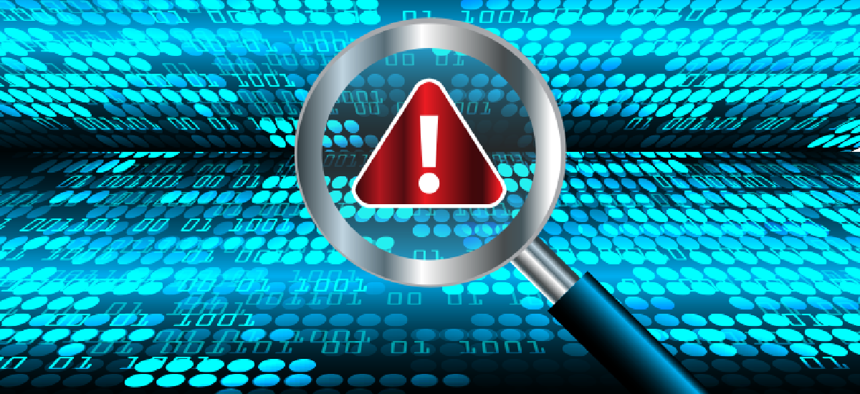FCW Insider: Oct. 30

Top stories, quick hits and more from FCW's reporters and editors.
The president's budget director wants agencies to do a better job making the Continuous Diagnostics and Mitigation program work. The marching orders from the White House offer agencies more freedom in contracting decisions, but also lean on agencies to comply with directives on data and reporting that make CDM work. Derek B. Johnson explains.
Three agencies shared $23.5 million in the second round of the Technology Modernization Fund awards. Chase Gunter has the story.
IBM announced plans to acquire Red Hat, the leading distributor of the open-source operating system Linux, in a $34 billion deal designed to bolster its hybrid cloud offering. More from Chase.
Fed 100 nominations are now open. Help us identify the outstanding individuals in federal IT.
Steve Kelman shares 6 observations from his recent trip to China.
Quick Hits
*** Analysts are watching the growth of procurements under Other Transaction Authorities at federal agencies. Such buys are up 270 percent in the past year, according to data presented at an Oct. 29 Professional Services Council event. OTAs allow federal agencies and the Defense Department to streamline procedures to quickly acquire cutting edge technologies or prototypes.
Andrew Hunter, senior fellow in the Center for Strategic and International Studies' International Security Program and director of its Defense-Industrial Initiatives Group, said that at their worst, "OTAs can limit competition and [contracting] transparency." Agencies should ask themselves, Hunter said, "are OTAs doing something we aren't able to do? That's their potential." The justification for using them should be "we couldn’t do this under the old method," he said.
*** On Nov. 1, on a government-owned island off the coast of New York, the Energy Department's new cybersecurity office and the U.S. military's advanced research directorate will test their abilities to jump-start a U.S. power grid blackened by a cyberattack.
The preparedness exercise, dubbed "Liberty Eclipse 2018 Phase 2," tasks the DOE's newly formed Office of Cybersecurity, Energy Security, and Emergency Response to test a "black start recovery" of the U.S. power grid after a cyberattack. The testing is set to take place at Department of Homeland Security facilities on Plum Island. The island, which is off the northeast coast of Long Island, is home to the Animal Disease Center, which monitors potentially infectious livestock diseases. A "black start" of a grid or major power station relies on power sources outside of the main electrical grid to bootstrap the recovery of overall transmission capabilities.
CESER will test and evaluate Defense Advanced Research Projects Agency research technologies that could enable such a recovery.
***House Speaker Paul Ryan (R-Wis.) announced three new members to the Cyberspace Solarium Commission, a body established under the National Defense Authorization Act to develop policy recommendations the future of U.S. cybersecurity policy. Ryan named Rep. Mike Gallagher (R-WI), Samantha Ravich and Frank Cilluffo to the commission. Ravich is the chairman of the Foundation for Defense of Democracies' Transformative Cyber Innovation Lab, while Cillufo is director of the Center for Cyber and Homeland Security at George Washington University.
NEXT STORY: IBM Buys RedHat in $34 Billion Deal





